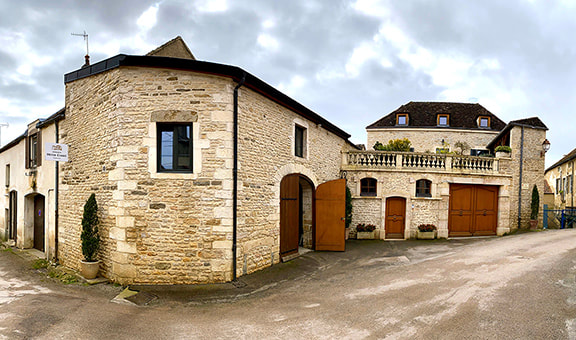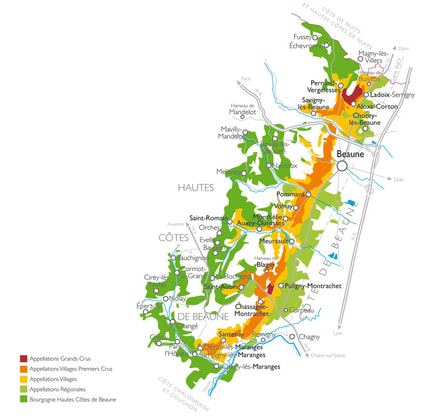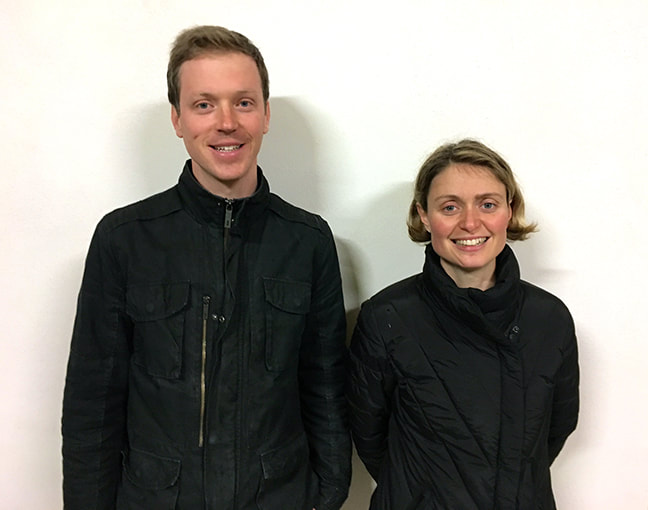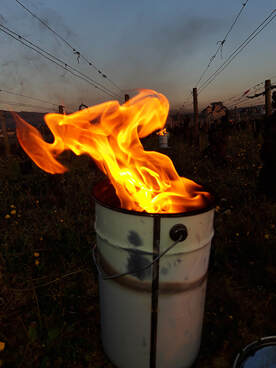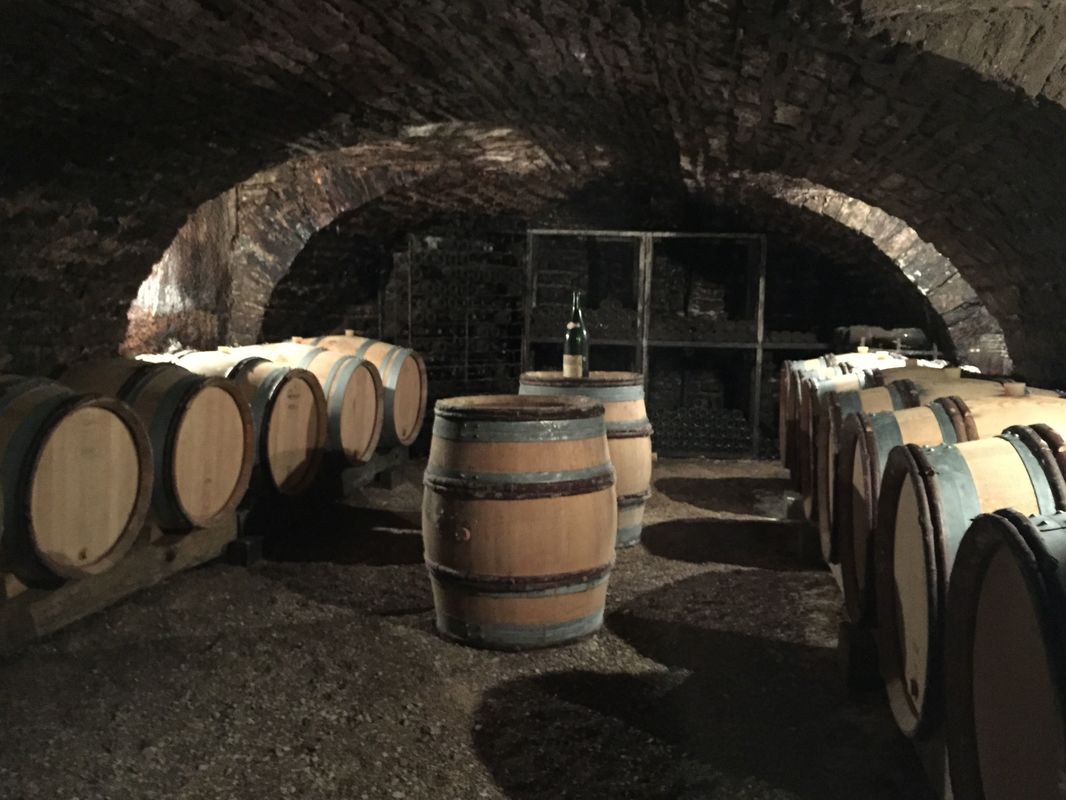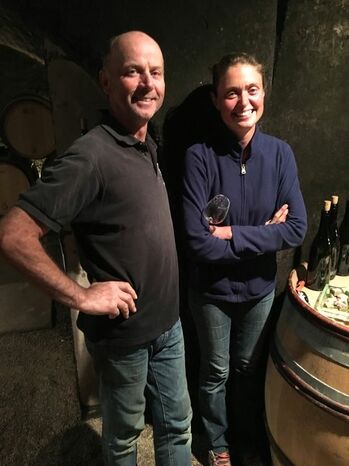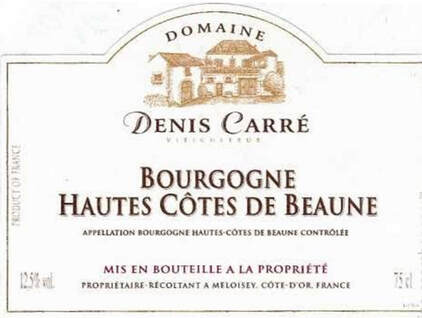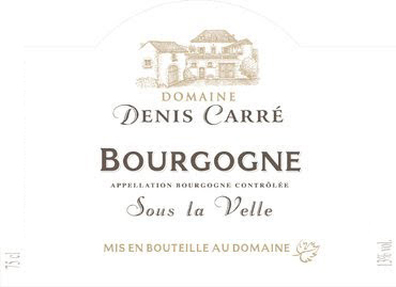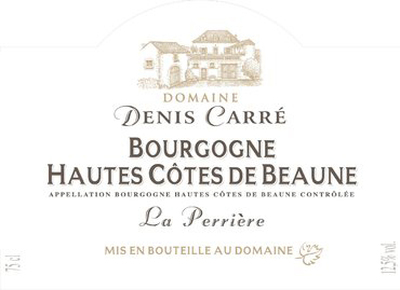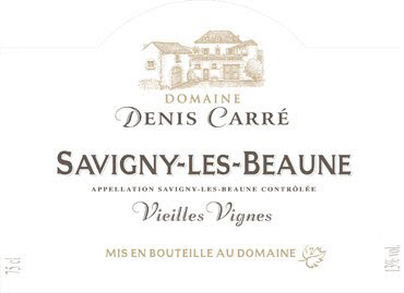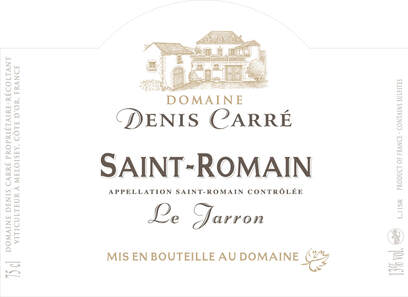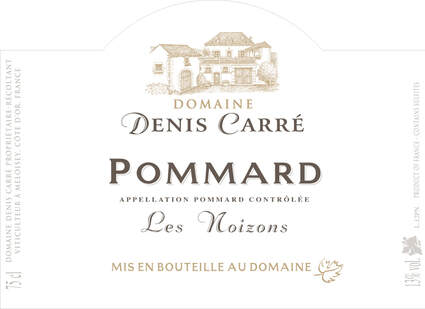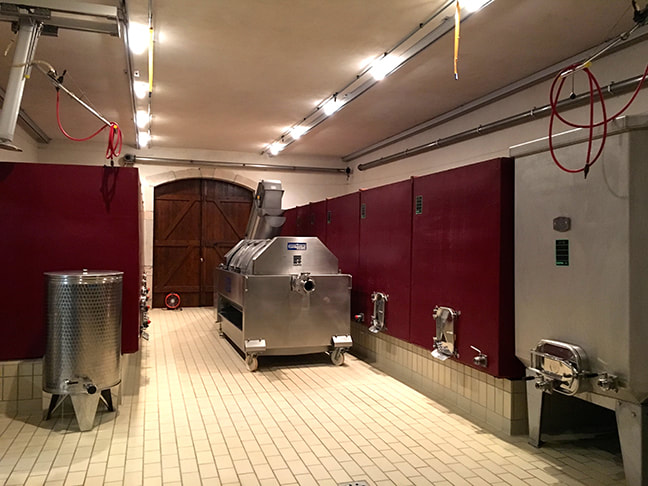Wines by Region / Burgundy / Côte de Beaune / Domaine Denis Carré
Domaine Denis Carré - Hautes Côtes de Beaune
|
Meloisey, Côte d’Or
Many producers are born into a wine domaine—their parents, grandparents and great-grandparents probably grew grapes. Little by little vineyards and equipment were purchased. Production increased. When the patriarch retired, a new generation slipped into place. They continue to expand the domaine’s releases. They’re the latest in the composite work of many generations with similar goals. Some producers, however, begin with nothing. Such was the case of Denis Carré, who was not born into a wine family. But when he reached his teenage years and had harvested grapes in his native Burgundy for a few years, he knew what he wanted to do. So in 1975 he took his savings and rented a parcel of vines, later producing 3 barrels of Passetoutgrains. While financing his dreams working in a garage at night, his days were spent in the vines and small winery he began constructing in the late 70’s in Meloisey in the Hautes-Côtes de Beaune. Hautes Côtes (or high slopes) comes from the fact that most of the appellation’s 1,000 hectares of vineyards are at an elevation that ranges between 1,000 and 1,500 feet, well-above the height of the more famous vineyards in the Côte d’Or.
Nearly 40 years later, the old family house is now surrounded by a modern winery and underground aging cellars. Their 13 hectares of vines are spread over 8 appellations from which they produce 12 wines. While Denis and his wife Bernadette’s children, Martial and Gaetane, have worked at the domaine for many years in various capacities, they both began working full time in 2008 with Martial in the vines and acting a winemaker and Gaetane directing the business side of things.
The vines are worked sustainably, and their lutte raisonnée certification is a testament to their green philosophy. They plow their vineyards a number of times during the spring, drop excessive fruit, harvest by hand and vinify using only natural yeasts. The white wines are fermented in stainless steel tanks. The reds are de-stemmed and undergo a cold soak and then go into concrete vats to ferment. Some cuvées are aged in tank, some in barrel, others in a combination of both. All wines are bottled after a very light filtration. The domaine produces about 100,000 bottles annually.
|
Domaine Denis Carré Hautes Côtes de Beaune Blanc
Composed of Chardonnay from vineyards near the domaine. Carré ages 50% of the wine in oak and 50% in stainless steel, giving it just a touch of toast without masking the apple, pear fruit or mineral purity. Domaine Denis Carré Bourgogne Blanc “Sous la Velle”
Grapes for this come from just to the east of the village of Meursault. This wine has a classy nose that combines citrus and minerals, with a buttery texture that carries fine acidity with it. Domaine Denis Carré Hautes Côtes de Beaune Rouge “La Perrière”
This comes from the vineyards surrounding Meloisey and is partially aged in tank and partially in used oak barrels. From its ruby color comes aromas of dark fruit along with a higher-pitched note of red fruit. Medium-bodied and versatile, this is an excellent companion for roast chicken or fresh pasta with a creamy mushroom sauce. Domaine Denis Carré Savigny les Beaune Vieilles Vignes
Comes from gravelly, stony soil with small areas of sand. Yields average 45 hl/ha. The wine spends 15 days in temperature-controlled vats and 12 months in oak. It shows deep ruby color with garnet nuances. The nose is expressive, with notes of ripe cherry and raspberry. Round and supple on the palate, with additional flavors of vanilla and spice. Domaine Denis Carré Saint Romain “Le Jarron”
This lieu dit is in the southern part of the appellation with limestone very close to the topsoil. More structured and mineraled than the Savigny-les-Beaune, this shows cherry and black cherry fruit, along with a touch of vanilla. It develops slowly, and is an ideal partner for pork or veal roast. Domaine Denis Carré Pommard “Les Noizons”
From clay and limestone soils in the eastern part of the appellation, just above the premier cru Pézerolles. Its stony layers also contain iron oxide. This wine has lower yields (in the 40 hl/ha range) than the other wines, with fermentation in tank lasting 18 days, followed by maturation in oak barrels (25% new) for 15 months. It is well-structured and finely balanced, richly textured, velvety, and with spicy undertones. It has a deep ruby color with aromatics of ripe red fruit that includes cherry pits and red currants. Domaine Denis Carré Auxey-Duresses Les Vireux 2016
This special wine comes from a 0.26-hectare parcel of 40-year old vines in the lieu dit Les Vireux which borders its neighbor Meursault lieu dit Les Vireuils. The east facing slope and shallow stony soils of this parcel help produce a rich, supple wine with bright fruit flavors that carry through a long, intensely mineral finish. |
